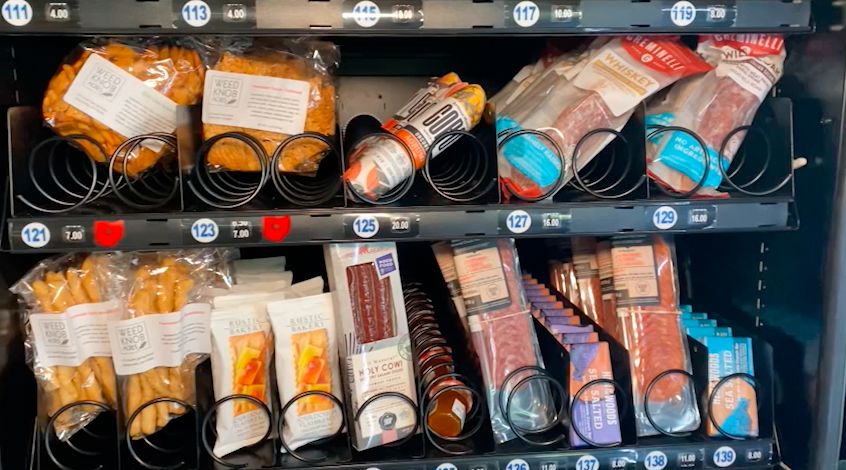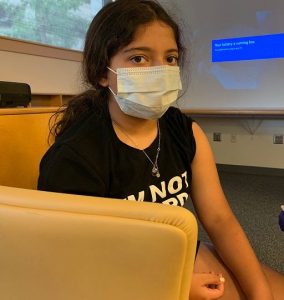COLUMBUS, Ohio — Researchers across Ohio are working to improve the state’s specialty crop industry.
Spectrum News 1 anchor Chuck Ringwalt talked with agriculture expert Andy Vance about the U.S. Department of Agriculture’s move to spend $243 million in grants to support specialty crops, including those in Ohio.
Ringwalt: “Andy, first, the USDA is spending about $250 million across the country, and our state is set to receive a portion of that. How much can we expect and where will that money go?”
Vance: “Yeah, there’s a lot of good work being done by USDA-funded research in this area, and this goes back quite a way. Since 2006, USDA’s invested nearly $900 million through the Specialty Crop Block Grant program to try to increase long-term success of producers in the specialty crop space. Ohio is going to get quite a bit of it actually in this funding round. The total spend for Ohio’s about $760 million through a couple of different appropriations, including some farm bill appropriated dollars and some dollars that came through as part of some COVID-related funding. And what USDA does is they send that money down through Ohio Department of Agriculture in this case, and ODA is dispersing about $573,000 to various entities including Ohio State University, Bowling Green State University and Central State University to conduct research to help farmers be more successful, more profitable, more environmentally friendly. And several of these are focusing on irrigation to try to help farmers maybe use less water or use water more effectively in producing their crops.”
Ringwalt: “Got it. And we know that this is grant funding, but when we look at where the money is coming from, is it through a bigger program? Where exactly are these millions of dollars coming from?”
Vance: “A couple of different funding sources. One would be what we call the farm bill and every five years give or take, the U.S. Department of Agriculture is funded through this. This piece of legislation that’s just generally called the farm bill. Congress goes through and hashes out what its priorities are. Are there things that need to be funded? And then [the] USDA disperses those funds through various grant programs. Or we could be talking about farm subsidy programs. These are all things that are included in the farm bill. The other one — there were some additional appropriations and fiscal 2021 through H.R. 133 that also provided some additional funding. Some of it was COVID related, some as part of the stimulus package, but there were some additional appropriated this year. This is an especially large allotment in ’21.”
Ringwalt: “And what do you expect of the lasting effects of all of these efforts?”
Vance: “Yeah, the idea here, right, is that we use these research grants to help universities do a lot of work that maybe private industry isn’t going to do because it’s not profitable yet. So the way our research really in a variety of industries works in this country is the federal government helps researchers, academics at largely land grant universities, and other private research institutions to do work that isn’t necessarily profitable at industry. The research gets done and then the universities transfer it out into private industry and private industry is able to take it and bring it up to scale. So, for example, Ohio State’s doing some research on raspberry production systems to help farmers diversify and expand their acreage through the winter season. The idea is, can we produce raspberries through the winter season? That might help a farmer become more profitable and be able to stay on their land and continue to produce raspberries because they can use technologies to produce a crop in the winter, which normally, obviously we wouldn’t be able to do in a northern climate. Long term, it’s all about helping profitable farmers stay profitable and be more successful and environmentally friendly.”
Ringwalt: “Andy Vance, as always, thank you.”
Vance: “Thanks, Chuck.”




